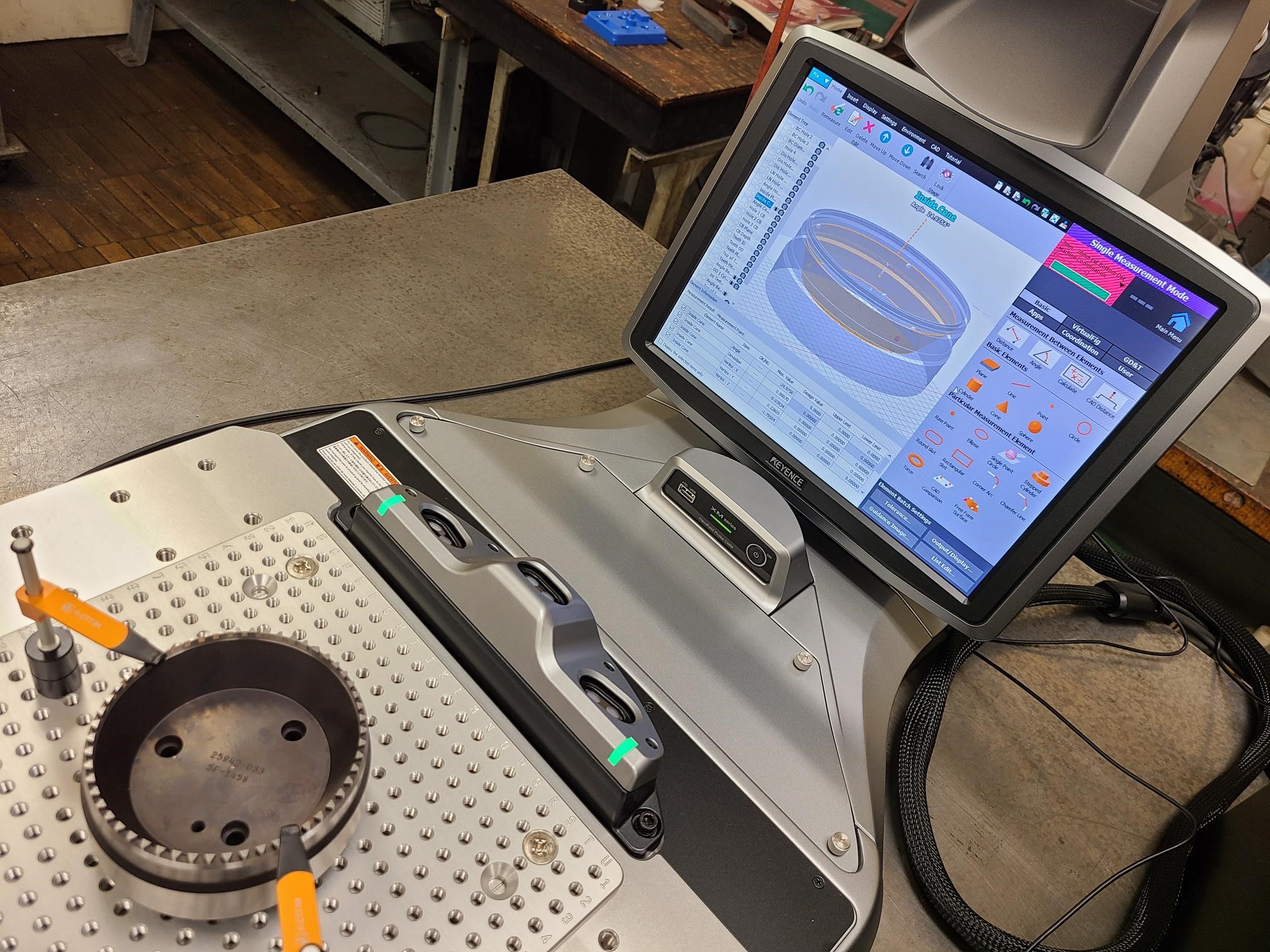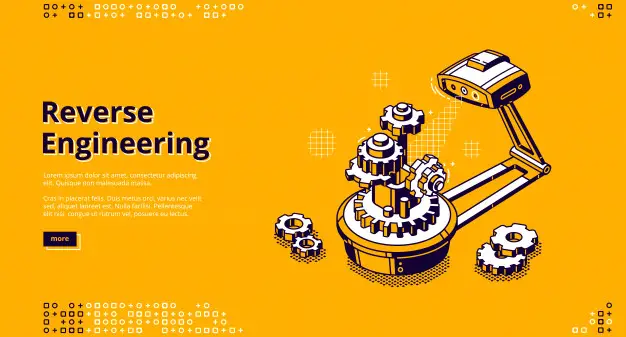Reverse Engineering And The Future Of Transportation

Executive Summary

Reverse engineering plays a pivotal role in shaping the future of transportation by driving innovation, enhancing efficiency, and fostering sustainability. Through systematic analysis and emulation of existing technologies, reverse engineering offers a powerful tool for creating new and improved transportation systems that address the evolving challenges. By extracting knowledge from current designs, researchers and engineers can identify areas for improvement, devise innovative solutions, and accelerate the development of cost-effective and environmentally friendly vehicles. This article provides an exploration of the role and benefits of reverse engineering in the transportation sector, highlighting how it contributes to advancements in safety, fuel efficiency, and overall performance.

Introduction
Transportation has undergone a remarkable evolution throughout history, transitioning from animal-powered vehicles to steam engines and eventually to modern automotive technology. Reverse engineering has been an integral part of this journey, enabling engineers and innovators to understand the inner workings of existing systems and build upon their strengths to create better, more efficient designs. In the contemporary era, reverse engineering continues to drive the transformation of transportation as the industry faces the challenge of addressing climate change, reducing emissions, and enhancing safety.
Types of Reverse Engineering in Transportation
- Component-Level Reverse Engineering:
- Involves the disassembly and analysis of individual components, such as engines, transmissions, and brakes.
- Aims to understand the design, functionality, and performance characteristics of components.
- Facilitates the identification of areas for improvement and the development of more efficient and durable components.
- System-Level Reverse Engineering:
- Focuses on analyzing the interactions and integration of various components within a system.
- Helps understand the overall architecture, performance limitations, and potential points of failure.
- Enables the identification of inefficiencies and opportunities for optimization, leading to improved system performance and reliability.
- Process Reverse Engineering:
- Involves analyzing the procedures, methods, and techniques used in the manufacturing and assembly of transportation systems.
- Aims to identify inefficiencies, bottlenecks, and areas for improvement in production processes.
- Leads to the development of more efficient and cost-effective manufacturing processes, resulting in reduced costs and improved productivity.
- Software Reverse Engineering:
- Entails analyzing the software code that controls various systems in modern vehicles, such as engine management and driver assistance systems.
- Aims to understand the software architecture, algorithms, and control strategies.
- Facilitates the identification of bugs, security vulnerabilities, and areas for optimization.
- Benchmarking:
- Involves comparing a product or system to competing products or industry standards.
- Helps identify strengths, weaknesses, and opportunities for improvement.
- Enables businesses to learn from the best practices and innovations employed by competitors, leading to the development of more competitive products and services.
Conclusion
Reverse engineering serves as a cornerstone for innovation in the transportation sector, driving advancements in efficiency, safety, and sustainability. By delving into the intricacies of existing technologies, engineers and researchers can uncover valuable insights and utilize them to create new and improved systems. As transportation continues to grapple with challenges related to emissions, safety, and connectivity, reverse engineering will undoubtedly play a crucial role in shaping the future of mobility.
Keyword Phrase Tags
- Reverse Engineering
- Transportation
- Innovation
- Efficiency
- Sustainability

If reverse engineering is now possible, will the auto industry begin producing vehicles that will practically never require repair?
Amazing!! I’ve been waiting for this moment for a long time, and it’s finally here!
Unbelievable!! Copycatting other top brands and companies to maximize profits
Owners who refuse to full or partially release their vehicles for reverse engineering will likely face consequences in their business arrangements with their suppliers.
Lol, go ahead buddy. We can always alter the design a little. What are they going to do about it now?
Epic article!! Thanks for posting this. I really love how you described the reverse engineering process
LOL. yeah right!
i did not understend anything
Nahhh… not buying it
A future where vehicles are built to last and are easily repairable is on the horizon.